A year since it began, TataCLiQ scripts a new story in Indian e-retail
A look at TataCLiQ's 'phygital' retail journey so far and the company's plans to capture the market share.

As the most renowned brand in the country, Tata Group has established itself in every industry, from fuel to fashion. So when it hopped on to the e-commerce bandwagon last year, with Tata CLiQ, it was bound to make noise.
Unlike Flipkart and Amazon, which follow a managed marketplace model, TataCLiQ chose the omnichannel route. Its customers can buy products online, which can be delivered at or picked up from and returned in any of the 50 'phygital partner brands (not just the Tata brands like Westside or Croma).
Such a pure-play omnichannel marketplace is a rarity globally – even Walmart is a single retail chain. Yet, in one year, TataCLiQ has seen enviable growth. From 10 pieces a day in June 2016, TataCLiQ is now doing more than 1,000 pieces a day. They claim to have a repeat rate of 25 percent, while the industry standard for any platform in its first year is 15 percent.

So what did Tata CLiQ do right? In a recent interaction with YourStory, TataCLiQ CEO Ashutosh Pandey tells the story so far, and what lies next for the unique marketplace.
Defining moment in retail
Most retailers tend to think of online as just another channel they have to serve. But the rules and customer mindset are different for offline and online channels. Yet an omnichannel strategy was the need of the hour, according to Ashutosh.
He says: “We have seen first-hand that customers are present offline and online. For instance, at Landmark, we always introduced new titles. Customers would check out the books at the store, and then immediately buy it online on their smartphones for cheaper rates,” he says.
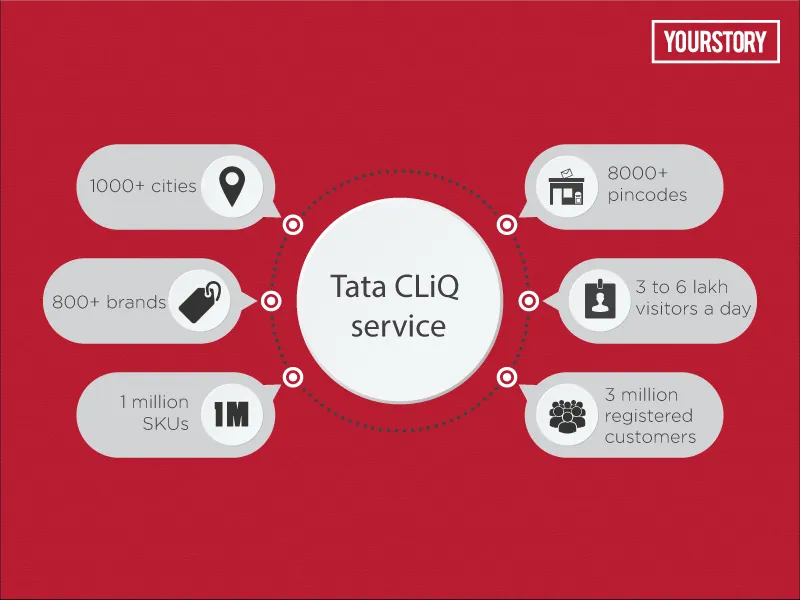
This decision to step outside the comfort zone was taken after due consideration. For instance, international brands like Zara or H&M succeeded not just because they gave great products but also because they were watchful about distribution and opened only limited number of stores. TataCLiQ has opted for the same strategy. Unlike Flipkart and Amazon, which boast of thousands of brands and lakhs of sellers, TataCLiQ has only about 800 brands and 1,000 sellers. Usually marketplaces on-board as many sellers as possible so that they will compete with each other and give great discounts for customers. But TataCLiQ focusses on brands with differentiation.
Operational complexities
Omnichannel is not just about making yourself available online and offline. You actually have to measure it down to orders, on customers that avail both channels, take it down to how data is integrated online and offline, whether you understand customer behaviour offline as good as you do online.
“If you understand a customer’s online browsing behaviour, you can give her more customised recommendations. It is a complex task; but if done well, it will transform retail in India. We focus on success by ensuring that all the systems work properly, that customer experience is seamless, and we don’t have any technology-related challenges,” says Ashutosh.
One of the reasons why omnichannel needs major preparation is the advanced technology it demands, as this platform needs to solve their sellers’ problems too.
Ashutosh explains: “Typically, in offline stores, there is always a physical system mismatch. For a kurta, even if the system shows a stock of two pieces, there may be only one. If the seller doesn’t find it, he will cancel the order. This happens because the inventory upload to our system was happening only once – at night. We changed it to inventory update every 15 minutes. Now the cancellations have reduced by half.”
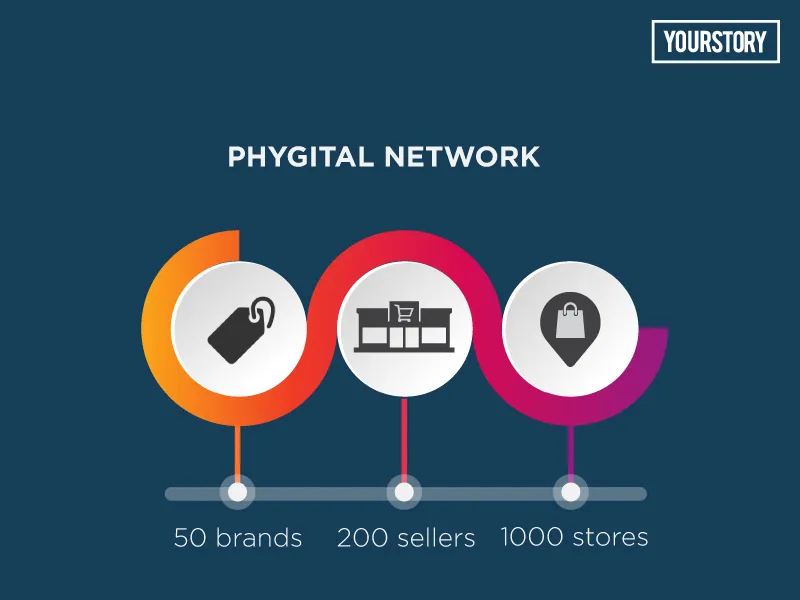
TataCLiQ has a team of about 175 members, as well as about 300 each in customer care and technology.
Hyperlocal is omnichannel too
Operationally, hyperlocal is also a part of omnichannel. TataCliQ has diversified its possibilities:
- Click-and-collect: Once you order a shirt online, you can collect it from the store of your choice after trying it out to confirm size. If you want to return it, you can either do so online, or just go to the store and get credit back.
- Ship from store: This model is the closest to hyperlocal. Once the order is placed online, it is routed to the shop nearest to the customer’s location and is delivered in two days.
- Order in store: If you can’t find a top in the store, you can place and order there and the seller will track it for you and make sure it reaches you.
In another model that they are building, TataCLiQ is bringing online and offline data together. “Let’s say when you walk past the store, you may get a ping that the shirt you were searching for, or a similar design, is now in store,” Ashutosh says. But he adds that this is mammoth technology will take time to stabilise.
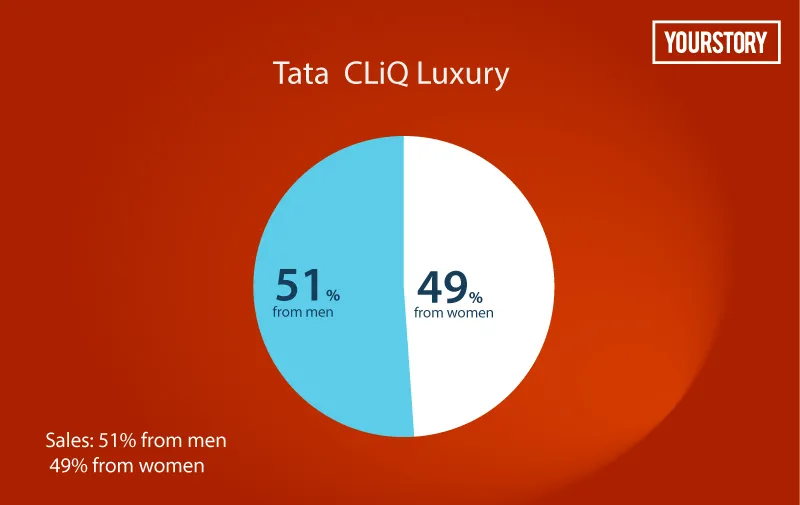
Currently, 70 percent of orders at TataCLiQ are carried out through this ‘phygital’ route, and are shipped out of store, while 4-8 percent of orders are collected by customers. The ‘phygital’ effort involves only 50 brands – including Titan, Tommy Hilfiger, FCUK, Police, Esprit, Mochi, Vero Moda, ONLY, Aldo, Fossil, Bata, Hush Puppies, Globus, and Global Desi among others.
One year of racing forward
TataCLiQ has categories like apparel, footwear, electronics and large appliances, mobile phones, watches, and accessories like handbags, along with luxury brands like Armani, Michael Kors, etc.
Ashutosh says that the overall revenue has been growing 50 percent monthly. “We are prudent when it comes to product selection and spending, as well as lower delivery costs since we do it from the nearest store. Discounts are used tactically,” he adds.
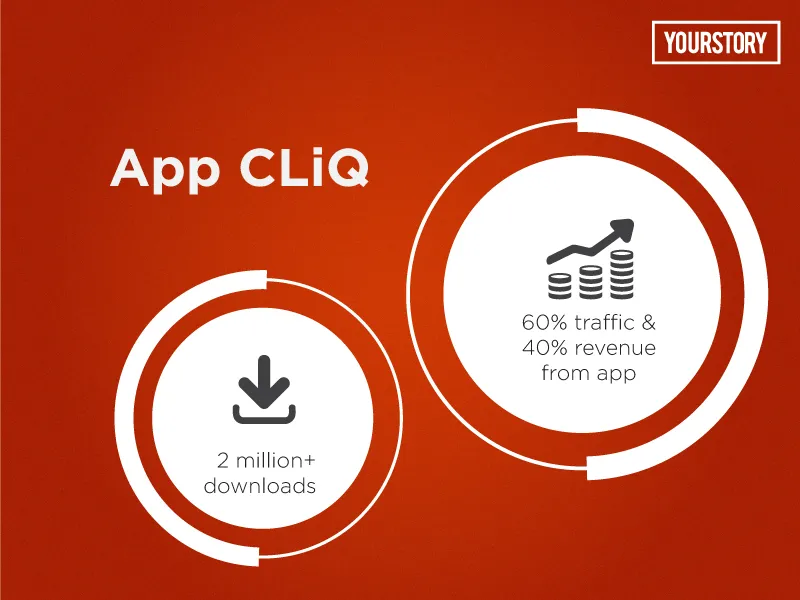
After a year of successful efforts towards stabilisation, TataCLiQ is now planning to go all out to acquire customers with a mix of online and offline campaigns. However, it has no plans for private labels for now. “Private label brings up conflict of interest – because you start pushing it over others. If we ever do it, our core brands’ business has to increase manifold before that. A lot of brands already do private labels exclusively for us – like Westside, which offers lines such as Utsa, Bombay Paisley, Nuon etc.”
More tricks up its sleeve
TataCLiQ will add more categories this year - jewellery, kidswear, home and furnishing, travel and luggage, sports, beauty, toys and stationery etc., and 400 more brands through the new categories. Although there is no target in the number of customers, TataCLiQ is aiming for 2,500 stores and to make its Net Promoter Score (NPS) 50+.
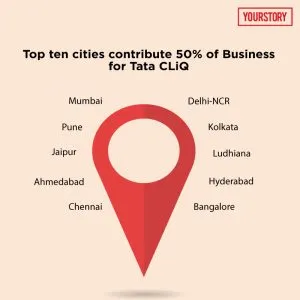
“We have a clear path to profitability, and the plan is to break-even in the near future,” Ashutosh adds. For logistics, although they have partnered with third-party players like Blue Dart, ekart, Delhivery etc., Ashutosh says that they will invest in different logistics and service providers in future.
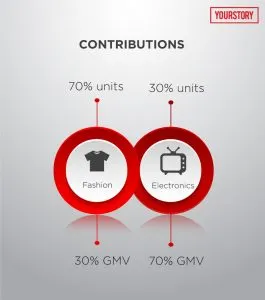
Aditya Birla’s ABOF.com and Reliance Group’s AJIO.com had also preceded TataCLiQ; yet the Tata venture’s model has not been cracked yet in terms of scale. In the startup space, players like FYND are pioneers of the omnichannel model. Among the larger online players, Snapdeal had earlier tried it out.
In the US, 13 out of 15 biggest retailers are offline players who went online (exceptions are eBay and Amazon). However, unlike in the US, where omnichannel refers to 'collect from store', in India it will take time to stabilise – because there are not enough stores to go and collect the purchases from. “There are dark areas even in cities like Mumbai and Bengaluru. So we will not go for a model that calls for indiscriminate scale,” Ashutosh notes.
While e-commerce is yet to cross a percent of the overall retail in India, will TataCLiQ show the path to profitable growth? Watch this space to find out.











